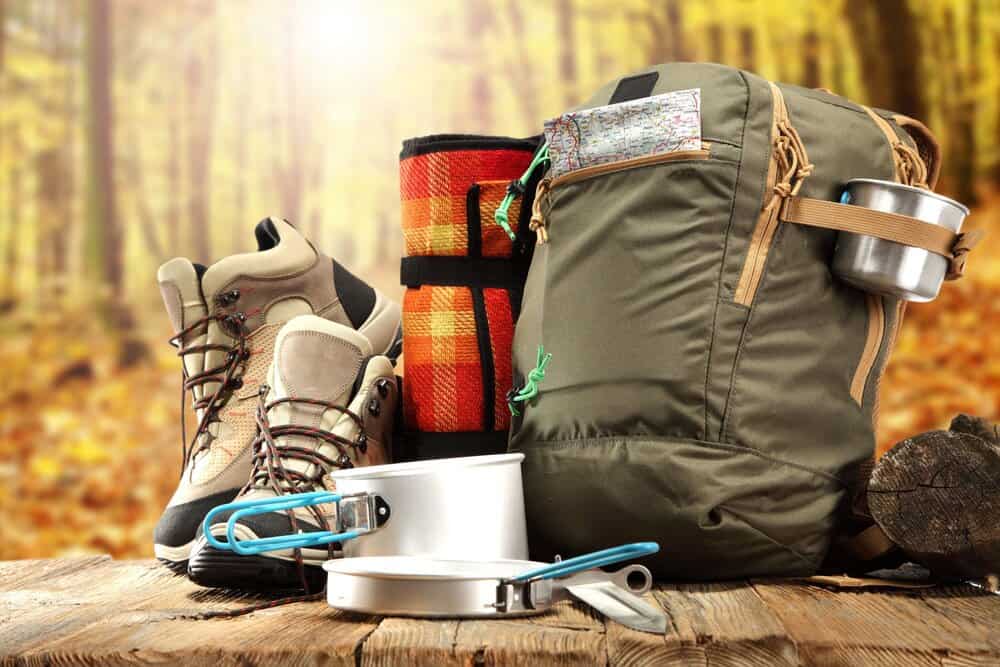Proper storage of camping gear is crucial for maintaining its longevity and ensuring you’re always ready for your next outdoor adventure. This comprehensive guide will walk you through the best practices for storing your camping equipment, from preparation to long-term maintenance.
Preparation Before Storage
Before tucking away your gear, it’s essential to clean and dry everything thoroughly. This step prevents mold, mildew, and unpleasant odors. Pay special attention to tents, sleeping bags, and clothing. While cleaning, inspect your gear for any damage or wear and perform minor repairs if needed.
Storage Environment Considerations
The ideal storage environment for camping gear is cool, dry, and well-ventilated. Avoid damp basements or hot attics that can degrade materials over time. If space is at a premium, consider utilizing vertical space with shelving units or overhead storage solutions.
Organizing Camping Gear
Categorize your gear by type or use, and create an inventory system to keep track of everything. Use clear, labeled bins or drawers for easy identification. For example, you might want to learn how to store camping chairs properly to prevent damage and save space.
Specific Gear Storage Tips
Tents and Tarps
Store tents loosely folded to avoid creases and tension on the fabric and poles. Consider hanging tarps to prevent mildew.
Sleeping Bags and Pads
Store sleeping bags uncompressed in large storage sacks or hanging to maintain loft. If you have a Big Agnes sleeping bag, follow the manufacturer’s specific storage instructions for optimal care.
Camping Stoves and Fuel
Clean stoves thoroughly and store fuel in a safe, separate location away from living areas.
#Backpacks and Bags
Hang backpacks to maintain their shape and use them to store smaller items.
Camping Kitchen Gear
Organize cookware and utensils in dedicated containers. Rotate pantry items regularly to ensure freshness.
Seasonal Storage Strategies
For off-season storage, consider using vacuum-sealed bags for clothing and sleeping bags to save space. Create a grab-and-go system for frequent campers, balancing accessibility with organization.
Safety and Security
Store sharp tools and valuable gear in locked containers, especially if you have children or pets. Consider insurance for high-value items.
Maintenance During Storage
Schedule regular check-ups of your stored gear to address any potential issues. Periodically unpack and air out equipment to prevent mustiness.
Eco-Friendly Storage Solutions
Opt for sustainable storage materials and consider repurposing household items for gear storage:
- Over-the-door shoe organizers: These can be excellent for storing small camping items like flashlights, multi-tools, first aid supplies, or even rolled-up socks and gloves.
- PVC pipes: Cut PVC pipes to length and mount them on a wall to create a custom storage system for trekking poles, fishing rods, or tent poles.
- Old dressers: Use drawers from an old dresser to create sliding storage units under a bed or in a closet, perfect for organizing smaller camping gear.
- Coat racks: Repurpose an old coat rack to hang backpacks, daypacks, or camping chairs.
- Mason jars: Use these to store and organize small items like matches, batteries, or first aid supplies. They can be easily labeled and even mounted under shelves for space-saving storage.
- Old suitcases: Stack vintage suitcases to create both storage and a decorative element. They’re great for storing seasonal camping gear.
By repurposing these household items, you can create a cost-effective, customized storage solution for your camping gear while also reducing waste and giving new life to old items.

Get it at Amazon,
or check it out on eBay.
When cleaning your gear, use biodegradable soap for camping to minimize environmental impact.
Technology in Gear Storage
Utilize inventory management apps to keep track of your equipment. Some smart storage solutions can even monitor temperature and humidity levels in your storage area.
Remember, proper gear storage isn’t just about organization—it’s about preserving your investment and ensuring you’re always ready for your next outdoor adventure. Don’t forget to include a canine first aid kit if you often camp with your furry friends.
By following these guidelines and developing a personalized storage system, you’ll extend the life of your camping gear and be prepared for spontaneous trips into the great outdoors. Happy camping!


Leave a Reply